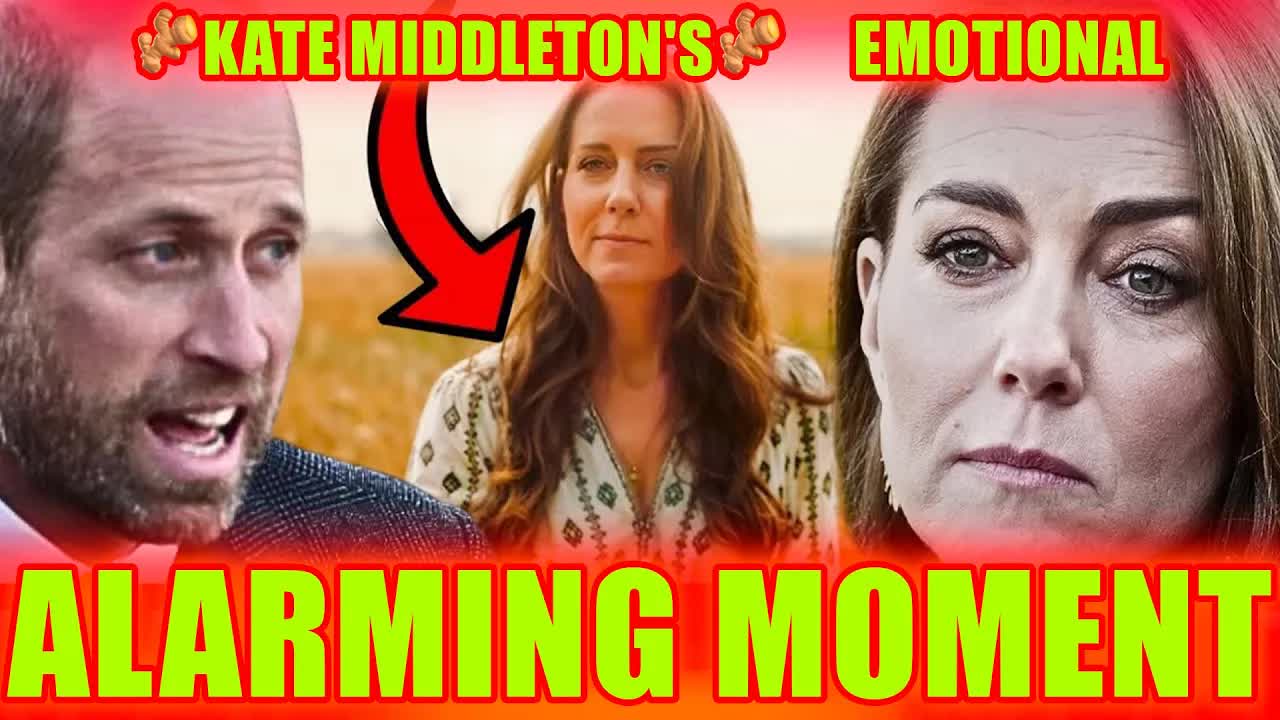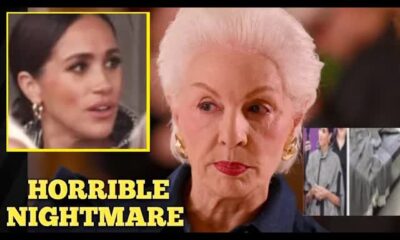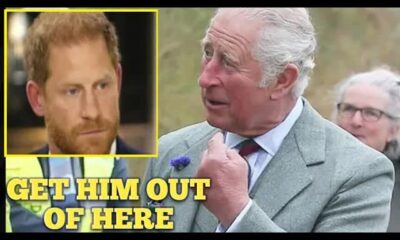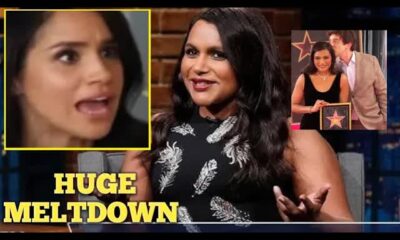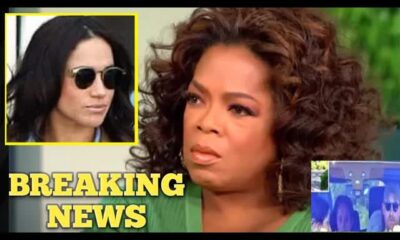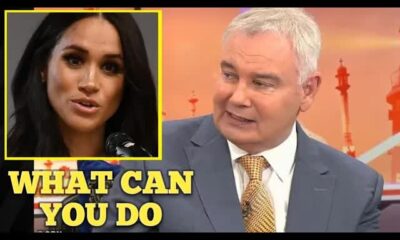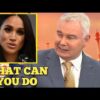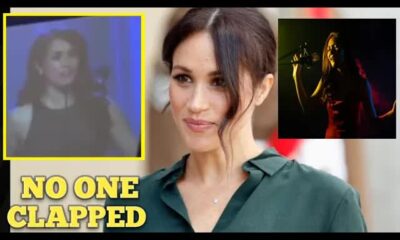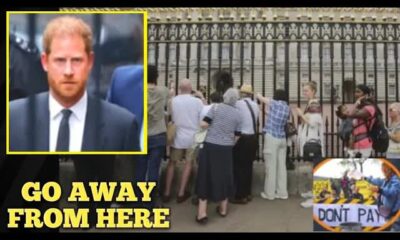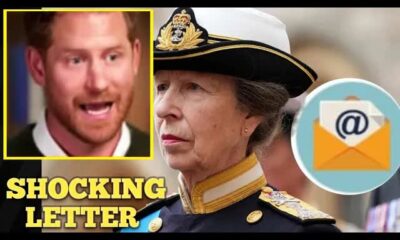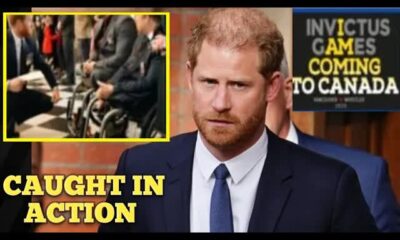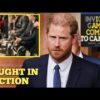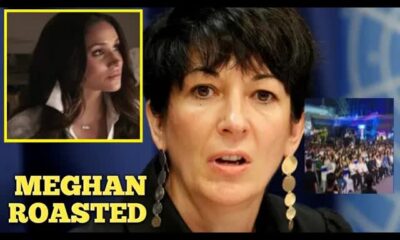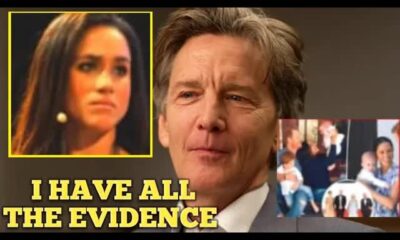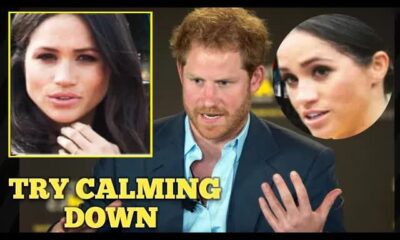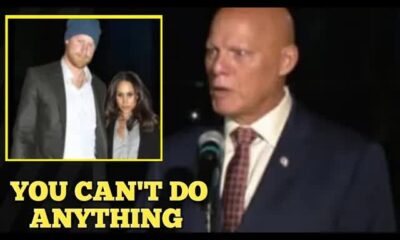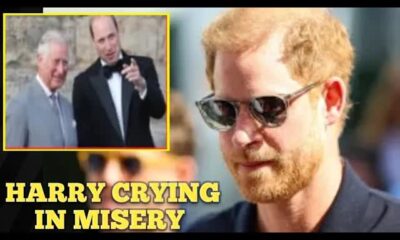The News
A Royal Revelation: Princess Catherine’s Heartfelt Message Sparks Speculation
In a moment that captivated the world, Princess Catherine, known for her unwavering strength, finally spoke out after a challenging period.
She and Prince William appeared in a heartfelt video, blending grandeur with raw emotion, as they shared their gratitude and personal reflections.
However, beneath the surface of their touching words lay an intriguing subtext, igniting a flurry of discussions and theories about their relationship.
The royal couple's body language did not go unnoticed, as keen observers began to speculate about potential underlying tensions.
Could these subtle cues indicate deeper issues lurking beneath the polished exterior of one of the world's most beloved royal families?
As experts and the public alike dissected the video, they pondered what the couple might be concealing behind their warm smiles and confident demeanor.
In her message, Princess Catherine emphasized their commitment to addressing challenges privately, stating, “William and I are making every effort to address this matter.” The video, released after her grueling chemotherapy treatment, resonated with millions, celebrating her recovery while shedding light on the emotional journey they had endured.
Despite the successful surgery, lingering traces of cancer were discovered, adding another layer of complexity to their story.
Standing beside Prince William, Kate appeared radiant, yet one seemingly minor moment in the video caught the attention of viewers and experts alike.
As she leaned on William for support, his reaction seemed slightly detached, leading to further speculation about the state of their relationship.
His gaze shifted away from her, a brief but telling gesture that many interpreted as discomfort.
Body language expert Nicole Moore weighed in on the interaction, suggesting that William's subtle unease could reflect deeper feelings he struggled to articulate.
She noted that the emotional toll of Kate's illness might still be weighing heavily on him, manifesting as unspoken tension during this intimate moment.
The past year has been nothing short of tumultuous for the royal family, with Kate's health battles coinciding with King Charles's own medical concerns.
Amidst the pressures of public life, William juggled his roles as a devoted husband and a father to three young children, all while navigating the burdens of royal responsibilities.
This overwhelming load likely influenced his demeanor during the video, despite his best efforts to maintain a composed facade.
Moore continued her analysis, pointing to William's eye movements and posture as indicators of emotional strain.
She described his reactions as involuntary signals—though he was committed to supporting Kate, he might have felt the weight of their circumstances bearing down on him.
The combination of his public duties and private worries likely contributed to the tension evident in his body language.
As they faced these challenges, Kate's diagnosis and treatment brought additional stress to their family dynamic.
William's balancing act of royal obligations and familial support undoubtedly took its toll, revealing itself in moments like the one captured in the video.
His rigid posture and fleeting hand movements hinted at feelings of overwhelm and guilt, common among caregivers dealing with significant emotional responsibilities.
Despite the subtle signs of strain, the couple's joint appearance during such trying times underscored the strength of their bond.
While their body language may have suggested discomfort, it also highlighted their shared commitment to one another.
It's crucial to recognize that fleeting gestures don't necessarily point to serious issues but rather reflect the pressures that even the most solid relationships can experience.
The realm of body language offers profound insights into human emotions, with research indicating that a substantial portion of communication occurs non-verbally.
In high-stress situations, like the one depicted in Kate's video, subconscious feelings often emerge, revealing deeper layers of expression.
For William, the demands of his role as a future king only amplify the emotional complexities he faces.
Though moments of discomfort may arise, they do not inherently signify a fundamental problem within the relationship.
Instead, they reveal the human side of public figures who must navigate the delicate balance between their duties and personal vulnerabilities.
In the end, even the strongest bonds can feel the strain of external pressures, reminding us that behind the royal facade lies a very human experience.


